TRIBUTE: Color As Program
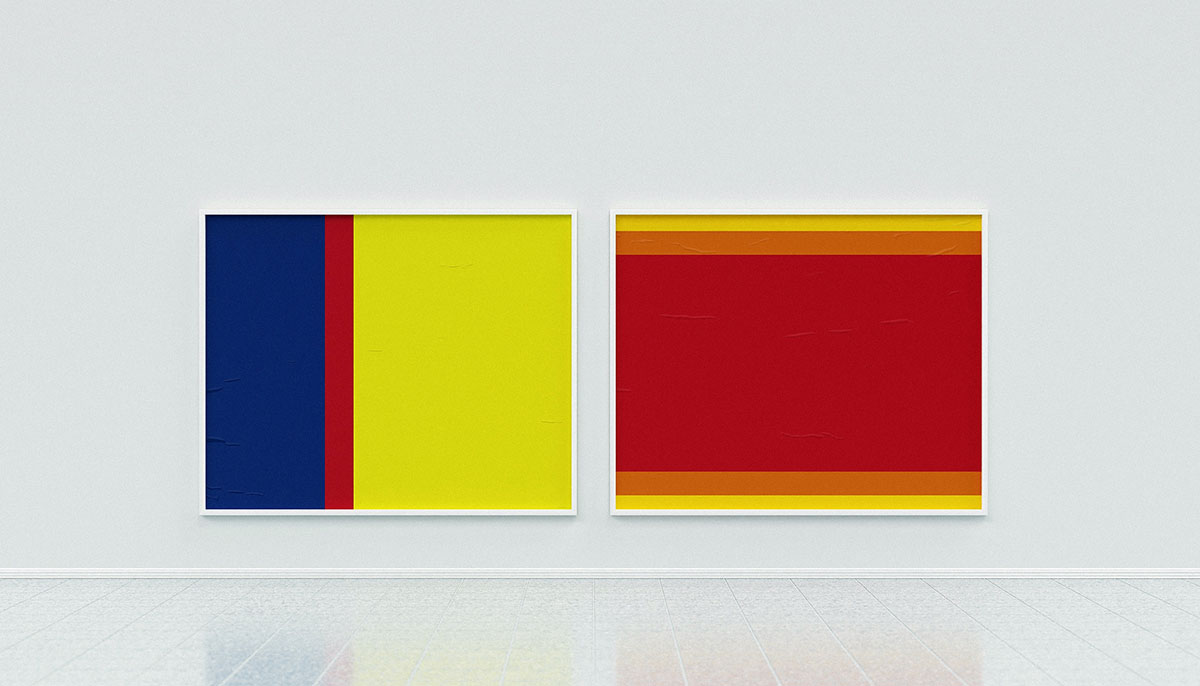 The exhibition “Color as Program” deals with color as an artistic medium and its programmatic, political dimension on the basis of art and cultural history exhibits from far more than 100 years. The theme is not so much the art historical context of color or a media-technological exploration of the topic. Rather, it is about the artistic exploration of the power of color. This permeates all disciplines, not only aesthetically and perceptually, but also politically and economically.
The exhibition “Color as Program” deals with color as an artistic medium and its programmatic, political dimension on the basis of art and cultural history exhibits from far more than 100 years. The theme is not so much the art historical context of color or a media-technological exploration of the topic. Rather, it is about the artistic exploration of the power of color. This permeates all disciplines, not only aesthetically and perceptually, but also politically and economically.
By Dimitris Lempesis
Photo: Bundeskunsthalle Archive
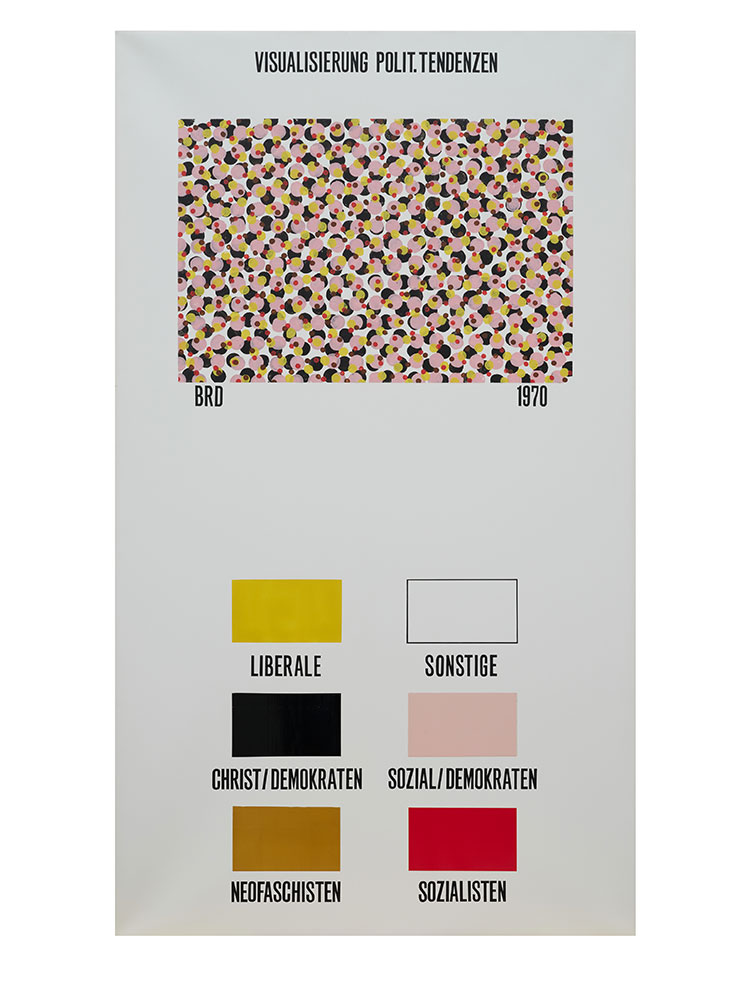
Historically, the exhibition “Color as Program” starts with the earliest color photographs and color films. On display is the famous experiment by the physicist James Clerk Max-well, who, on the occasion of a lecture on his research into color perception and color blindness in 1861, proved the principle of additive color mixing for the first time in the form of a projection using red, blue and green light. Another such neuralgic moment is illustrated by the very first hand-colored film “Annabelle Serpentine Dance” from 1895. It recreates the beguiling choreography of American dancer Loïe Fuller and her innovative staging through colored light projections on the screen. Also included are reproductions of Anna Atkins’ botanical images, considered the first photographic images to be published in a book in 1843. The artists of classical modernism used color as an autonomous means of de-sign. During this period, avant-garde artists such as Theo van Doesburg and Sophie Taeuber-Arp created groundbreaking color spaces. Their abstract formal language and compositional color variations came to the fore in the redesign of the Aubette amusement centre in Strasbourg (from 1926). Taeuber-Arp’s Foyer Bar is revitalised in the exhibition in a partial reconstruction and Doesburg’s “Ciné Dance” acted as inspiration for Liam Gillick’s exhibition architecture. Especially in painting, the autarky of color took place at the beginning of the 20th century, the suggestive effect of which can be seen in many expressive works. The Bauhaus artist Josef Albers is set as a historical milestone here. His legendary Interaction of Color from 1963 demonstrates his perceptual-psychological investigation into the relative effects of color and is also important in its spiritual-mental dimension – as it is also evident in the work of the founder of anthroposophy, Rudolf Steiner. On display are two large chalk-painted blackboards, visualising his famous and no less infamous lectures from 1921. As a color magician, Helen Frankenthaler stands for an entire generation whose expressive color abstractions were juxtaposed with sober color field painting in America. The work of Sam Gilliam also belongs to this tradition. His sensual-textile work offers a whole kaleidoscope of pigments. The works of the recently deceased Etel Adnan reflect her belief in humanity and the beauty of the natural world and tell of the “innocence of color”. A younger generation is represented by Sarah Morris, Angela de la Cruz and Amalia Pica . These artists deploy a knowing abstraction that draws from the past and asks us to pose questions about abstraction as a relevant contemporary subjective language that can still transcend boundaries. Kapwani Kiwanga’s “Linear Paintings” question the aesthetic decisions of authorities, creating color field abstractions based on decisions made in state buildings. The audience will experience clouds of color in desert settings in the work of feminist Judy Chicago. With the “Dream House”, an immersive overall experience – like a psychedelic trip – is also staged by the team around La Monte Young. Dominique Gonzalez-Foerster’s “Endodrome” and Angela Bulloch’s “Chain A 2:1:12:3” push the idea of a coded or immersive digital experience towards and beyond the present. Other younger artists subtly or explicitly allude to the achievements of their predecessors. A compositional installation by Antje Majewski refers to Otto Runge’s “Farbkugel”, among others, and shows color as performative expression in Tanz RGBCMYK. In the work of the painter Carsten Fock color becomes a meditative spatial experience. Rosa Barba stages a spherical illusion through colored filters in her installation “Himmelskörper”. The always fresh and fragrant flowers by Willem de Rooij as a white bouquet in a dark ambience, tell of a quiet but lively beauty of nature and of individuality in sameness. Jorge Pardo is represented by three works that all make reference to use value and function. His replica Corbusier lounge chair, low coffee table and pedestal for liam gillick all point towards the tension between art and design – function and disfunction. The exhibition also presents artistic work that uses color to highlight, question and expose power relations and economic interests. One thinks here of the use of color and possibilities of interpretation of the use of color in political spectra. The artist KP Brehmer, a sharp analyst of the media world, examined the visualisation of fascist tendencies after 1945 in a large body of work from the 1970s. The artist Thu-Van Tran uses the color coding of the Rainbow Herbicides used by the US military in the Vietnam War. By superimposing ’agent‘ white, pink, blue, green, purple and orange, symbolically referring to the contamination of the land, the colors cancel each other out in a mixture of grey tones. In his weekly changing poster series, Rozbeh Asmani explores the economic color systems and the sinecures of color(s) from the ‘beautiful’ world of the market, together with the economic connotations of various well-known color tones and combinations – from Nivea to IKEA. Gardar Eide Einarsson deals with power and state influence in public space by means of LED lights for (mood) brightening. Hito Steyerl’s work Red Alert melds the legacy of Alexander Rodchenko with the brutal language of an imminent attack in the technological age. The exhibition also shows how color is used by artists to enhance language and poetry or to emphasise their absence. In the past decades of global migration and its political challenges, artists have used color to represent identity and difference. In “PET bottles”, Pamela Rosenkranz presents skin tones as a representation of diversity. The US artist Adam Pendleton is represented with his “Notes on Black Dada Nihilismus (Proper Nouns)”, extracting only the names from Amiri Baraka’s radical Black poem. This is countered in the foyer with Renée Green’s work “Space Poem #7 (Color Without Objects: Intra-Active May-Words)”, 28 double sided banners inspired by May Swenson’s poem “Colors Without Objects” (1965). For her lyrical photographic work, Sophie Calle interviewed blind people about their ideas of color. The withdrawal of color runs through the entire oeuvre of Hans Op de Beeck in which he emphasises the vanitas aspect in monochrome, morbid still lifes. The grey paintings by Gerhard Richter expose the artist’s creative crisis. Nearby a two part work in paint and mirror by Blinky Palermo suggest a way past the end game of abstraction by discretely accepting the context of the space within which they are displayed. A distinctive work by Lawrence Weiner is installed in the foyer of the Bundeskunsthalle, describing in clear terms the exhibition beyond the gallery doors. Hans-Albrecht Schilling brings us back to the urban context with his color studies for post-war housing blocks. While Franz Erhard reduces the basics of color as a potential painting with his “Gelb und Blau” that bluntly presents two jars of pigment and simultaneously abolishes painting. The exhibition exemplarily touches on cultural historical milestones such as the already mentioned first TV broadcast in color in the West Germany. The emergence of the rainbow flag in all its variations is another social anchor point. A clear reflection of this is a text on Gilbert Baker’s original rainbow flag in the accompanying book.
Works by: Etel Adnan, Josef Albers, Rozbeh Asmani, Anna Atkins, Gilbert Baker, Rosa Barba, KP Brehmer, Angela Bulloch, Sophie Calle, Judy Chicago, Geneviève Claisse, Angela de la Cruz, William K. L. Dickson & William Heise, Sanna Dullaway, Gardar Eide Einarsson, Oskar Fischinger, Carsten Fock, Claire Fontaine, Helen Frankenthaler, Sam Gilliam, Dominique Gonzalez-Foerster, Renée Green, Kapwani Kiwanga, Leo Lionni, Antje Majewski, James Clerk Maxwell & Thomas Sutton, Sarah Morris, Hans Op de Beeck, Blinky Palermo, Jorge Pardo, Adam Pendleton, Amalia Pica, Gerhard Richter, Willem de Rooij, Pamela Rosenkranz, Hans-Albrecht Schilling, Rudolf Steiner, Hito Steyerl, Sophie Taeuber-Arp, Thu-Van Tran, Franz Erhard Walther, Lawrence Weiner, La Monte Young, Marian Zazeela, Jung Hee Choi
Photo: Rozbeh Asmani, Colourmarks Billboards, 2022, © Rozbeh Asmani, 2022, Rendering: Giacomo Orth
Info: Curators: Eva Kraus, Johanna Adam, Susanne Annen, Miriam Barhoum, Katharina Chrubasik, Susanne Kleine, Agnieszka Lulinska, Henriette Pleiger, Co-Curator and exhibition design: Liam Gillick, Kunst- und Ausstellungshalle der Bundesrepublik Deutschland, Helmut-Kohl-Allee 4, Bonn, Germany, Duration: 8/4-7/8/2022, , Days & Hours: Tue & Thu-Sun 11:00-19:00, Wed 10:00-21:00, www.bundeskunsthalle.de
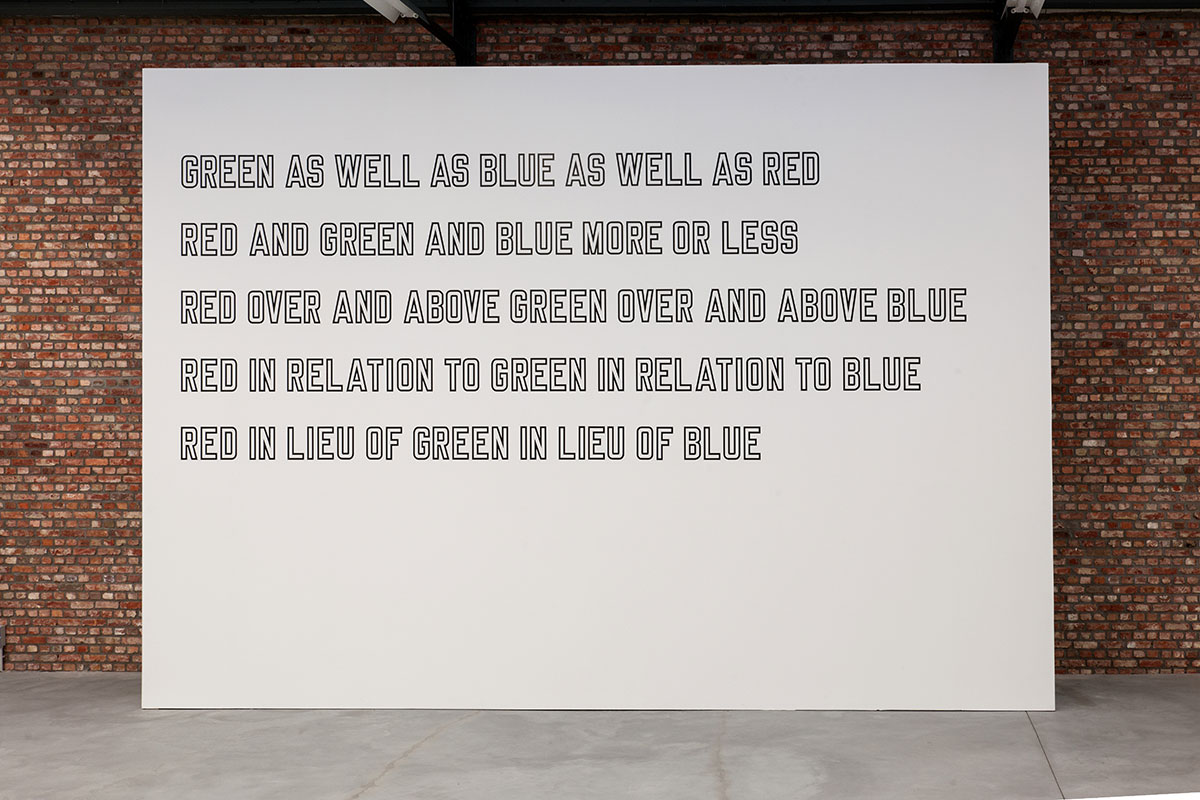
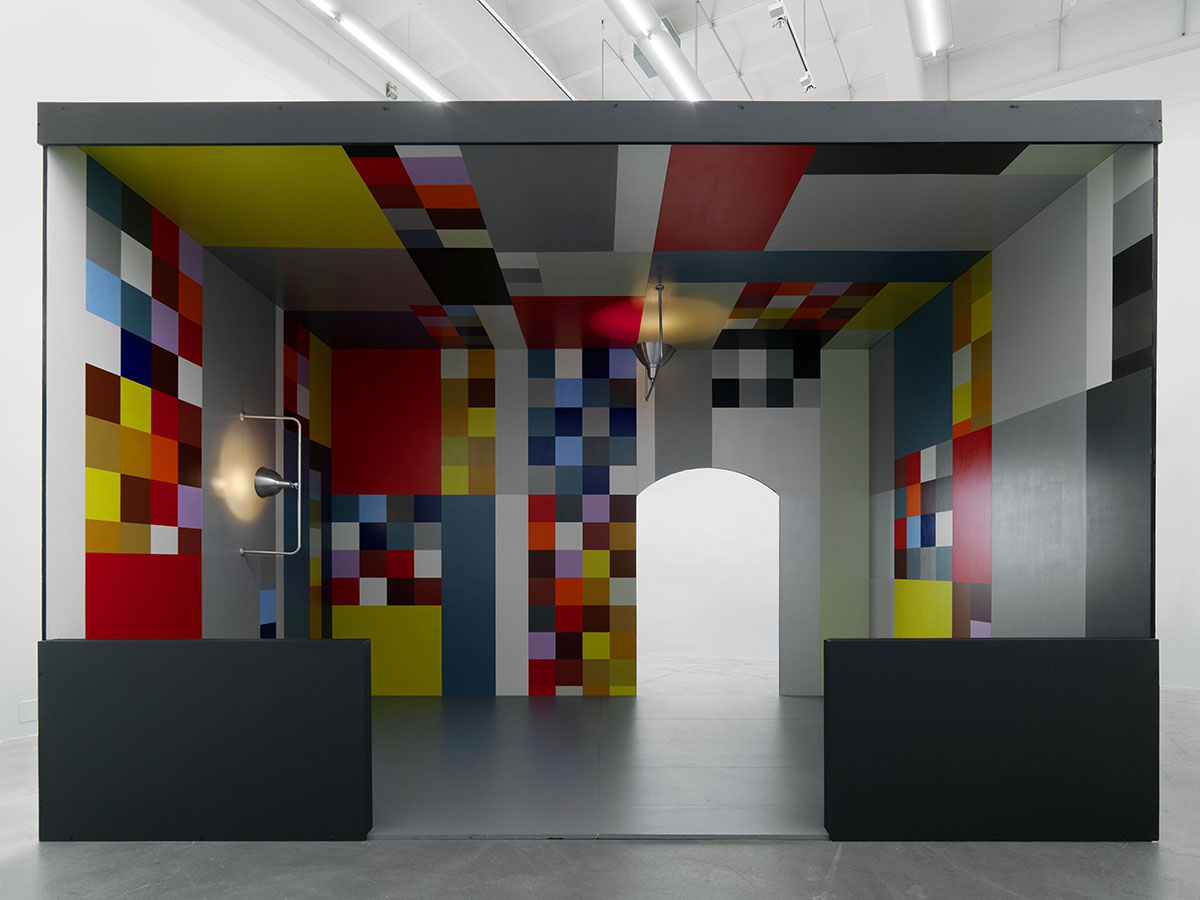
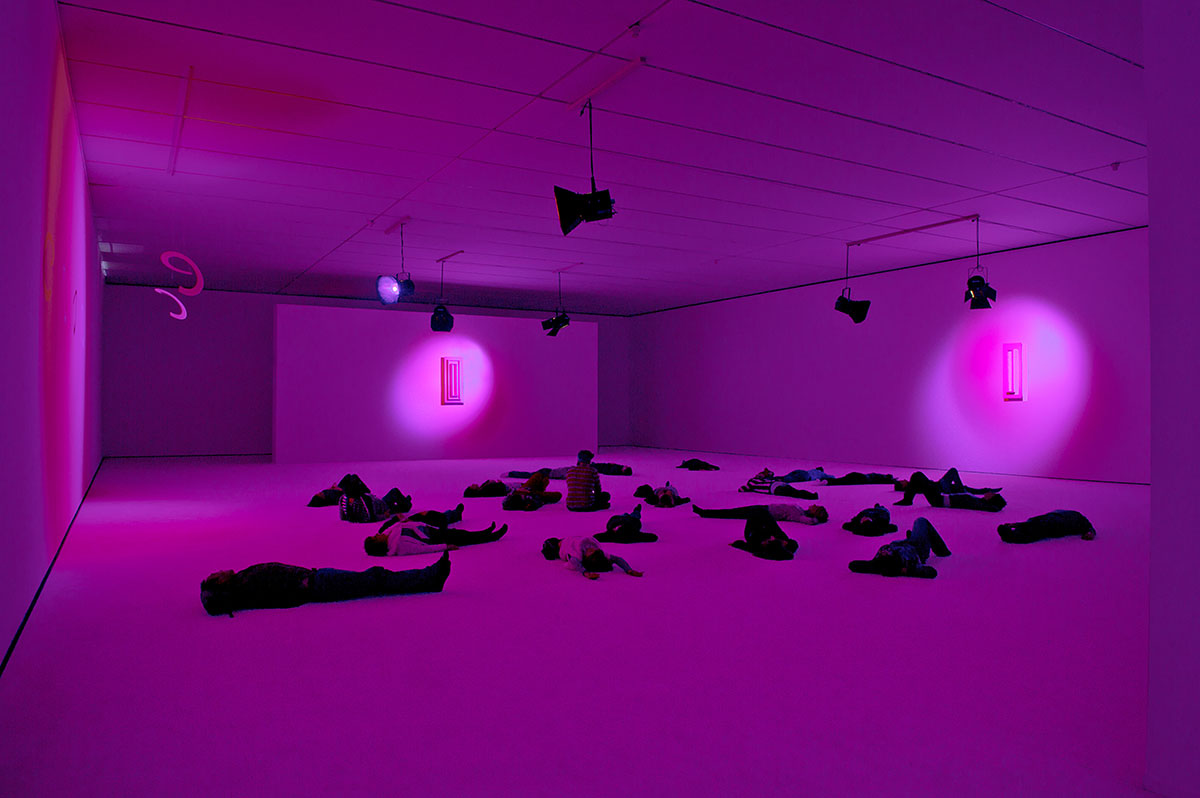
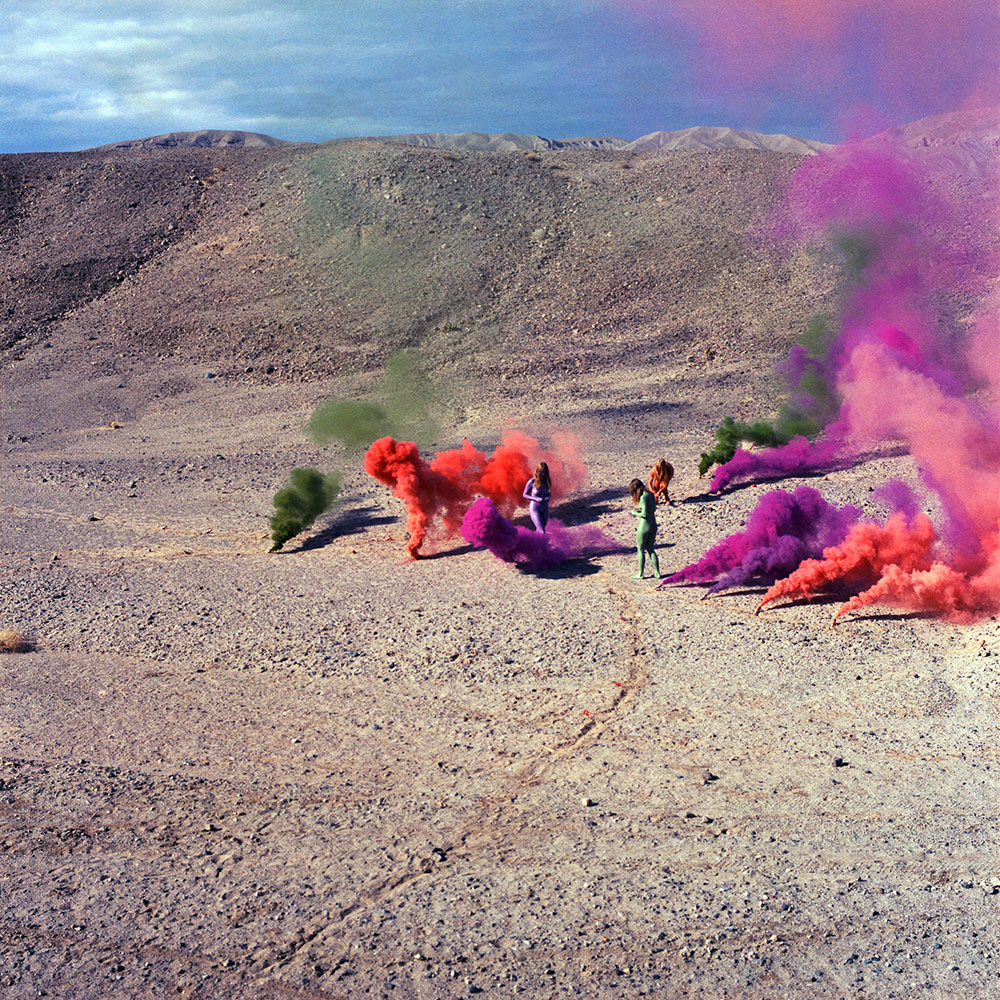
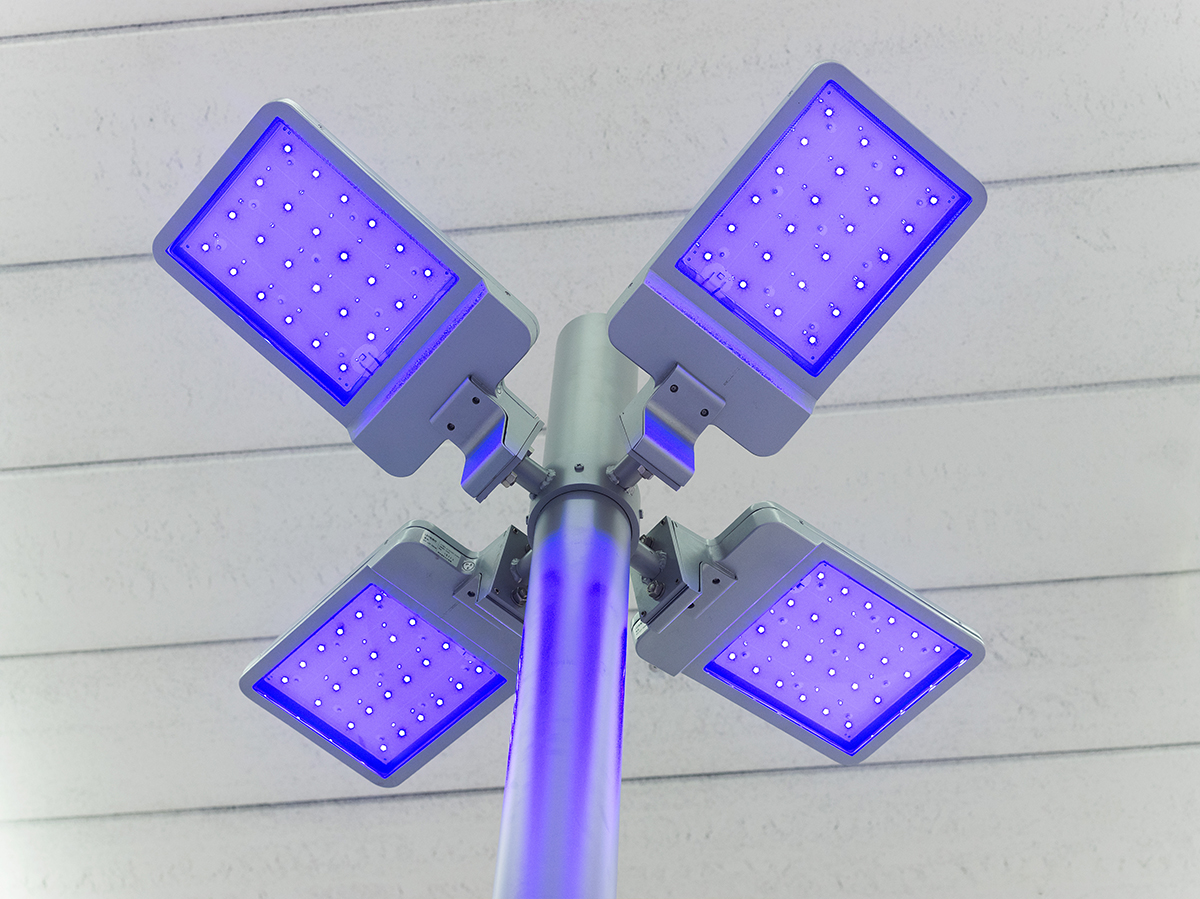
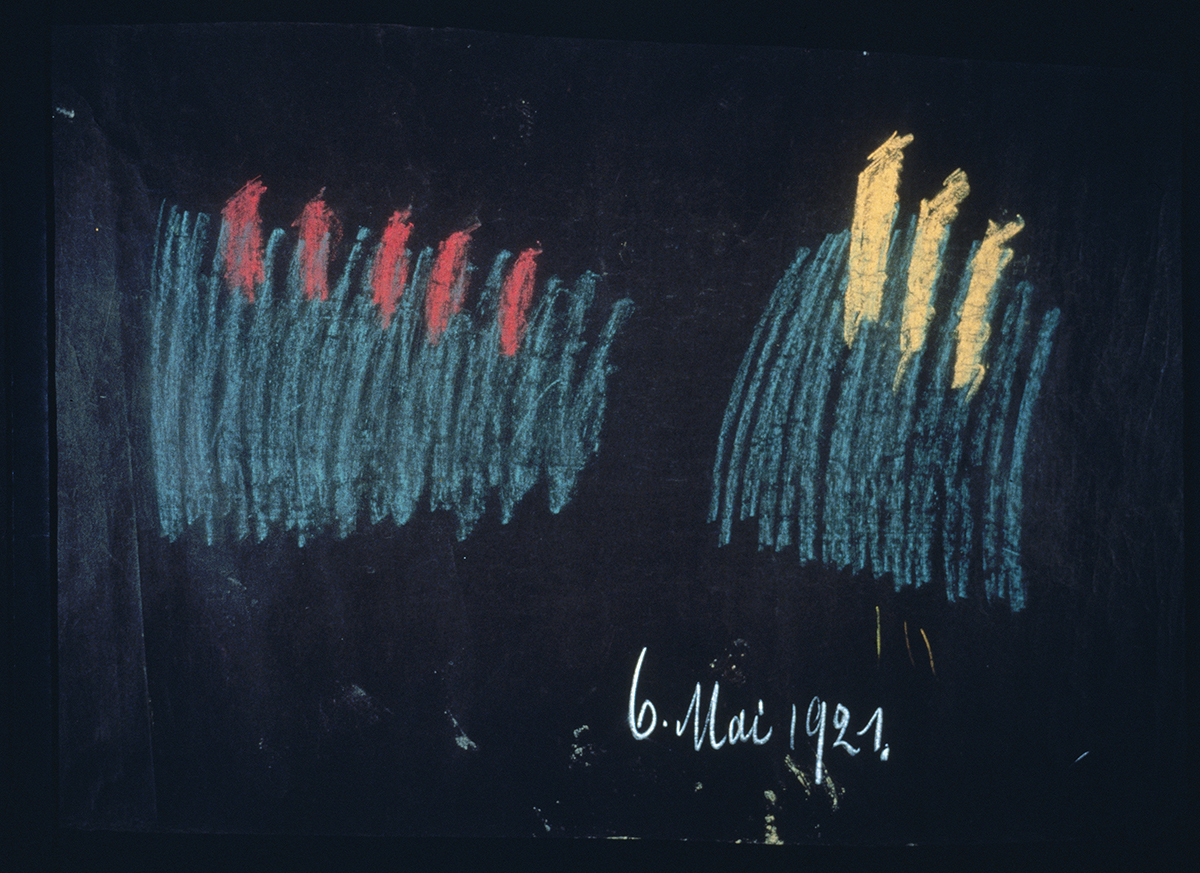
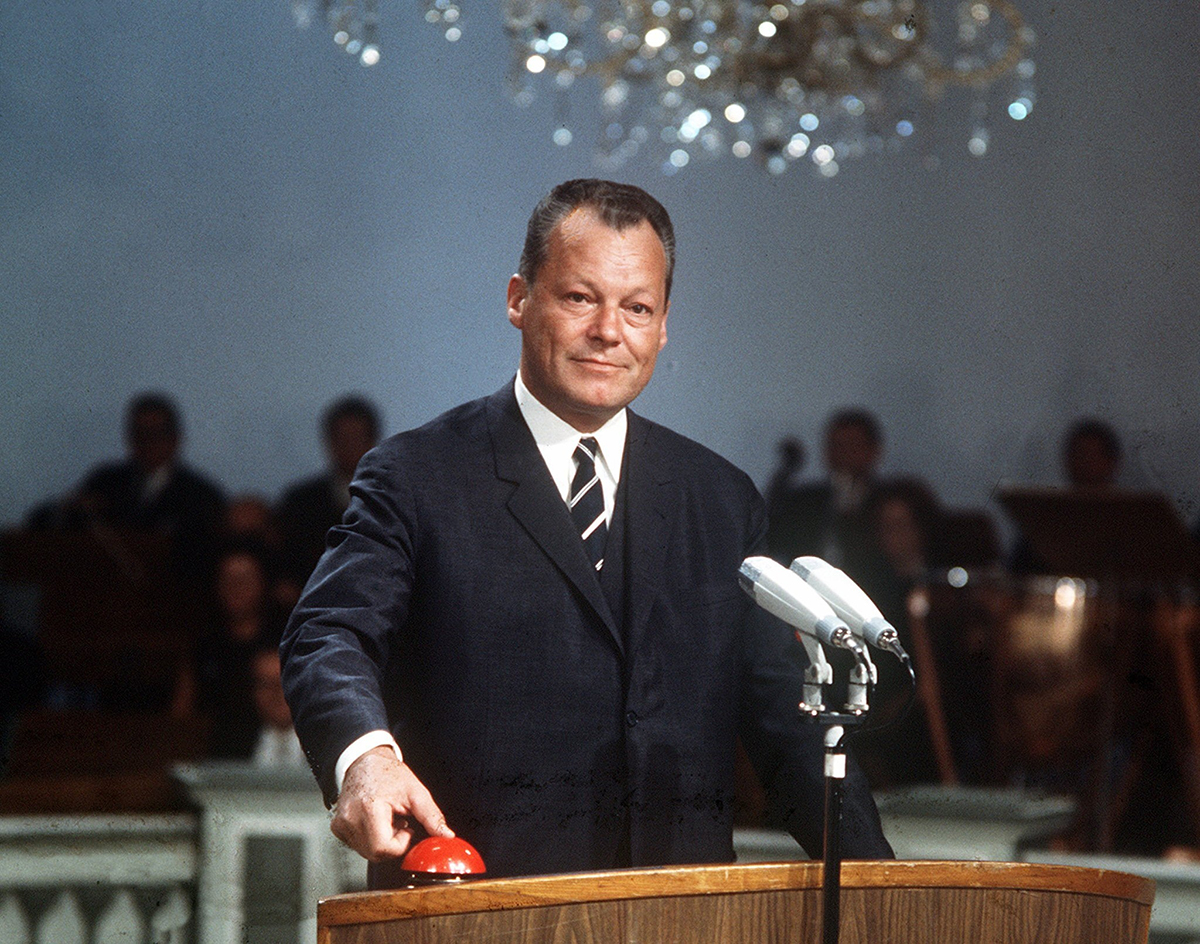
25 August 1967, © picture-alliance/ dpa / Willi Gutberlet
